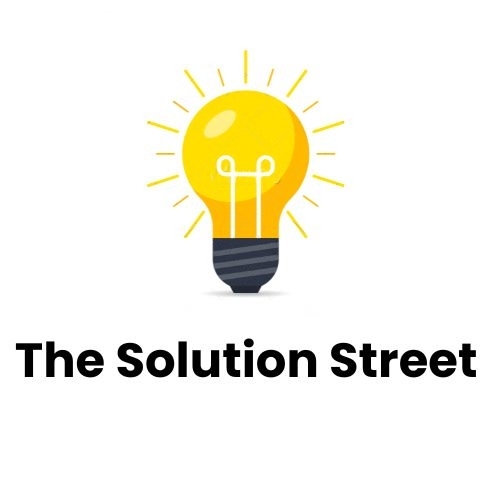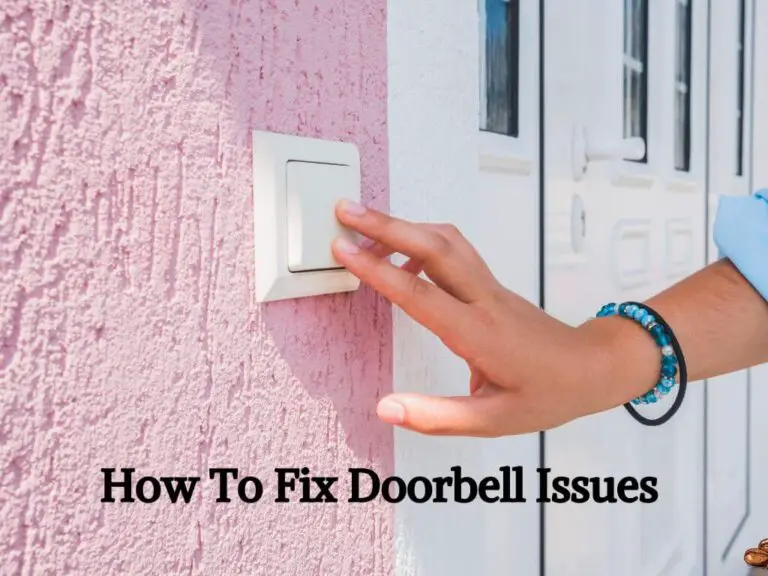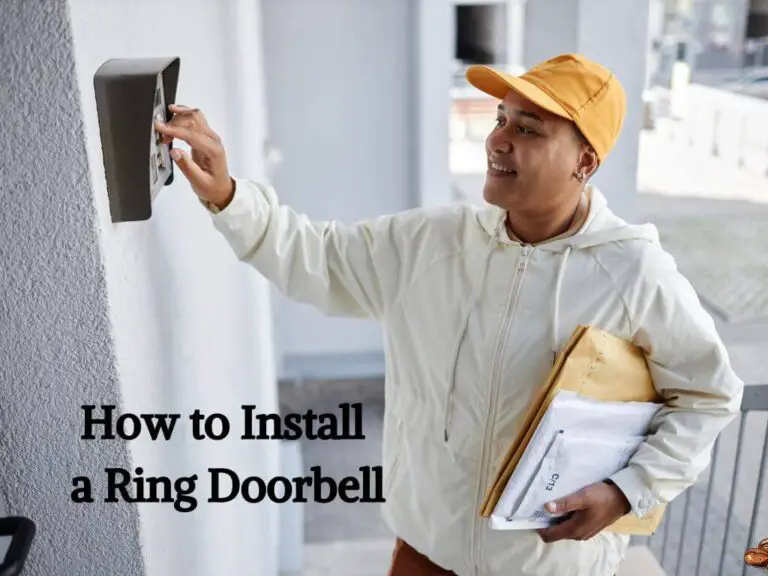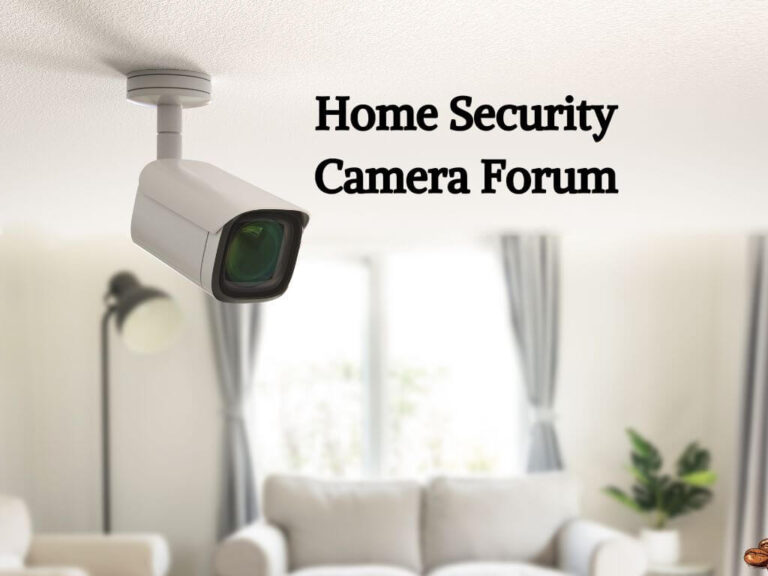In recent years, smart home devices have transformed the way we live, offering unprecedented convenience, comfort, and efficiency. From controlling your lights with a simple voice command to adjusting your thermostat from anywhere, these devices make everyday tasks easier than ever. However, with all these technological advancements comes the need for heightened security. As we invite more connected devices into our homes, it’s essential to ensure that our personal data and privacy are protected.
Smart home devices are often linked to the internet, meaning they can be vulnerable to hacking or cyberattacks if not properly secured. Whether you’re using a smart security camera, smart thermostat, or even a voice assistant, these devices can become entry points for cybercriminals if their security measures are not up to par. That’s why today, we’re diving into the most secure smart home devices—devices that prioritize security and protect your home from potential threats.
In this article, we’ll highlight the best devices in the smart home ecosystem that offer the highest levels of encryption, data protection, and privacy. If you’re looking to safeguard your home and personal information, you’ve come to the right place.
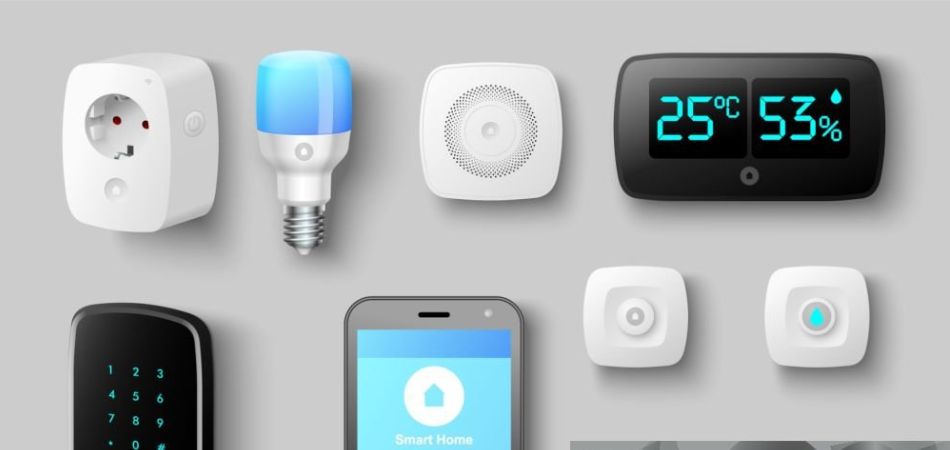
What Makes a Smart Home Device Secure?
Before we dive into the most secure smart home devices, it’s essential to understand what makes a device truly secure. The security of your smart home devices depends on several factors, including encryption, software updates, user authentication, and privacy measures. Let’s explore these critical elements:
Encryption and Data Protection
One of the most important features of a secure smart home device is strong encryption. Encryption ensures that the data transmitted between your devices and the cloud is scrambled into an unreadable format, making it difficult for hackers to intercept or steal. Secure encryption standards like AES-256 and SSL/TLS provide robust protection for your data. The more layers of encryption a device has, the better protected it is from cyber threats.
Additionally, secure data storage is equally crucial. Secure devices store your data in encrypted formats, whether it’s in the cloud or on local storage. This ensures that even if someone gains access to your account, they won’t easily retrieve your sensitive information.
Firmware and Software Updates
Smart home devices, like any other technology, can have security flaws or vulnerabilities. That’s why regular firmware and software updates are necessary. Manufacturers release updates to patch these vulnerabilities, add new features, and improve the overall security of the device. Devices that receive frequent updates from their manufacturers are usually more secure, as they stay protected from emerging threats.
User Authentication
Another crucial element of smart home device security is user authentication. This includes password protection and, ideally, two-factor authentication (2FA). 2FA adds an additional layer of protection, requiring users to verify their identity through a second step—such as a code sent to their phone or email—before granting access to their devices or accounts. It’s a simple but highly effective way to prevent unauthorized access.
Privacy Measures
A secure smart home device also has clear and transparent privacy policies. Manufacturers should inform users about what data they collect, how it’s used, and who it’s shared with. Devices that respect your privacy are less likely to sell your data or allow third-party companies to access your information without consent.
Most Secure Smart Home Devices
Now that we understand the critical elements of secure devices, let’s take a look at some of the most secure smart home devices available on the market today.
Smart Security Cameras
1. Ring Stick Up Cam Elite
- Features: The Ring Stick Up Cam Elite offers a combination of strong security and flexibility. It features high-level encryption for video feeds, and it stores footage securely in the cloud. Additionally, its Ethernet connection ensures a more stable and secure connection compared to Wi-Fi-only options. This makes it an excellent choice for anyone concerned about data breaches or connectivity issues.
2. Arlo Ultra 2
- Features: Arlo Ultra 2 offers 4K video resolution for crystal-clear footage and advanced motion detection. With local storage options for your video footage and advanced encryption, this camera is ideal for anyone who values both privacy and high-definition security. Its two-way audio and motion alerts help keep you informed about any suspicious activity.
Smart Locks
1. August Wi-Fi Smart Lock
- Features: The August Wi-Fi Smart Lock offers end-to-end encryption, ensuring that your lock’s communication with the app is secure. It also integrates seamlessly with Alexa and Google Assistant for voice-controlled locking, all while maintaining strong security standards. The ability to lock and unlock your door remotely makes this a highly convenient option without compromising safety.
2. Schlage Encode Plus
- Features: Schlage Encode Plus offers AES-128 encryption and integrates with both Alexa and Google Home. The device ensures secure, direct communication with your mobile device, offering peace of mind for those looking to secure their home entry points.
Smart Thermostats
1. Nest Learning Thermostat
- Features: Nest is well-known for its reliable security features, including Google ecosystem integration and two-factor authentication for account protection. This thermostat learns your habits to optimize your home’s temperature while ensuring your data remains private.
2. ecobee Smart Thermostat Premium
- Features: With built-in security features, including a secure cloud connection and regular software updates, ecobee is one of the top choices for consumers seeking a balance between energy efficiency and security. Plus, it offers a high level of privacy protection, ensuring your personal data remains secure.
Smart Lighting
1. LIFX Smart Bulbs
- Features: LIFX bulbs require no hub and use end-to-end encrypted communication, making them simple to set up and secure. They provide flexibility in terms of color and brightness control while maintaining a high level of security.
2. Philips Hue Lights
- Features: Philips Hue Lights use the Zigbee protocol, which is known for its strong encryption. These lights offer not only convenience and control but also robust security for your home lighting system.
Smart Plugs & Outlets
1. Kasa Smart Plug (by TP-Link)
- Features: The Kasa Smart Plug is known for its high-level encryption and secure app connection. Regular software updates help to ensure the plug stays secure, protecting you from potential vulnerabilities.
2. Wyze Plug
- Features: Wyze Plug has strong security measures and regular software updates to address potential threats. It’s an affordable and secure option for controlling your appliances remotely.
Smart Speakers
1. Amazon Echo (4th Gen)
- Features: Amazon Echo has a secure cloud-based service with regular software patches to protect user data. Echo also supports voice recognition and has robust privacy controls, allowing users to manage their data securely.
2. Apple HomePod mini
- Features: Apple HomePod mini stands out for its strong privacy features. With encrypted communication within the Apple ecosystem, it ensures that your voice data is kept safe and private.
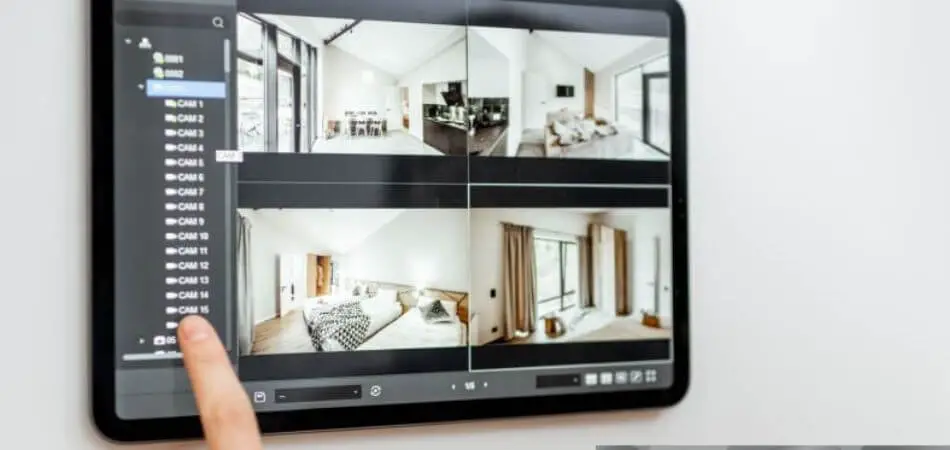
Best Practices for Securing Your Smart Home Devices
In addition to choosing secure devices, it’s important to follow best practices to further protect your smart home. Below are some simple yet effective tips:
| Best Practice | Why It Matters |
|---|---|
| Change Default Passwords | Default passwords are easy targets for hackers. Use unique, strong passwords for each device. |
| Use Secure Wi-Fi Networks | Ensure your Wi-Fi uses WPA3 encryption and set up a separate network for IoT devices to minimize security risks. |
| Enable Two-Factor Authentication (2FA) | 2FA adds an extra layer of protection by requiring an additional verification step before granting access to your devices. |
| Update Devices Regularly | Always keep your devices up to date with the latest firmware to patch vulnerabilities and enhance security. |
Emerging Trends in Smart Home Security
As the world of smart home technology continues to evolve, so does the landscape of smart home security. To stay ahead of cyber threats, manufacturers and security experts are innovating with new solutions that make devices even more secure. Here are some exciting trends to keep an eye on:
AI-Powered Security
Artificial intelligence (AI) is transforming how we approach security. AI-powered security in smart home devices can help detect unusual activity, such as a person lingering outside your front door or an intruder trying to access a locked device. Anomaly detection is a key feature in smart cameras, security systems, and voice assistants, where AI continuously learns from user behavior and alerts you to potential threats in real-time.
For example, some smart security cameras are now able to distinguish between humans, animals, and moving objects, helping reduce false alarms. With machine learning and predictive algorithms, AI-based security can anticipate risks and act faster than traditional security systems.
Zero Trust Architecture
The concept of Zero Trust Architecture (ZTA) is gaining traction in smart home security. This security model treats every device as if it is untrusted, even within your own home network. With ZTA, devices are continually monitored and authenticated, and access is granted only based on strict identity verification.
For smart homes, this means that even if one device is compromised, it doesn’t automatically give hackers access to the entire system. ZTA ensures that each device and user must be verified before accessing sensitive data or functions.
Local Control and Privacy
Many smart home devices today rely on cloud services to process data and provide remote access. However, the increasing concern over privacy has sparked the rise of local control devices. These devices process and store data locally—on the device itself or a local server—without sending personal information to the cloud.
Devices with local processing can provide faster performance, greater privacy, and reduce the risk of data breaches. For example, smart cameras with local storage options let you store footage on a microSD card or network-attached storage (NAS) device, which ensures that sensitive data stays within your home, minimizing exposure to cloud vulnerabilities.
Frequently Asked Questions Of Most Secure Smart Home Devices
What Are Top Secure Smart Home Devices?
Smart locks, security cameras, and encrypted Wi-Fi routers rank among the most secure smart home devices. They offer advanced security features like two-factor authentication and end-to-end encryption to safeguard against unauthorized access.
How To Ensure Smart Home Device Security?
Ensure smart home security by always using strong, unique passwords, enabling two-factor authentication, and regularly updating device firmware. It’s also crucial to purchase devices from reputable brands that prioritize security.
What Features Make Smart Devices Secure?
Secure smart devices often have features like encryption, secure boot, automatic security updates, and the ability to detect and report anomalies. These functions are essential in preventing cyber attacks and ensuring user data privacy.
Are Smart Home Devices Vulnerable To Hacking?
Yes, smart home devices can be vulnerable to hacking if proper security measures aren’t taken. Devices with weak protections or outdated software are particularly at risk. Always practice good security hygiene with smart home tech.
Conclusion
As the number of smart devices in our homes continues to grow, so does the importance of securing these devices. Whether it’s a smart lock, camera, thermostat, or speaker, choosing devices with the highest security standards is essential to protecting your home and personal data.
To recap, the most secure smart home devices are those that prioritize:
- Strong encryption to protect data.
- Regular firmware updates to patch vulnerabilities.
- User authentication methods like two-factor authentication.
- Transparent privacy policies to protect your personal information.
By investing in secure devices and following best practices for securing your home network, you can enjoy the benefits of a connected home without compromising your security.
